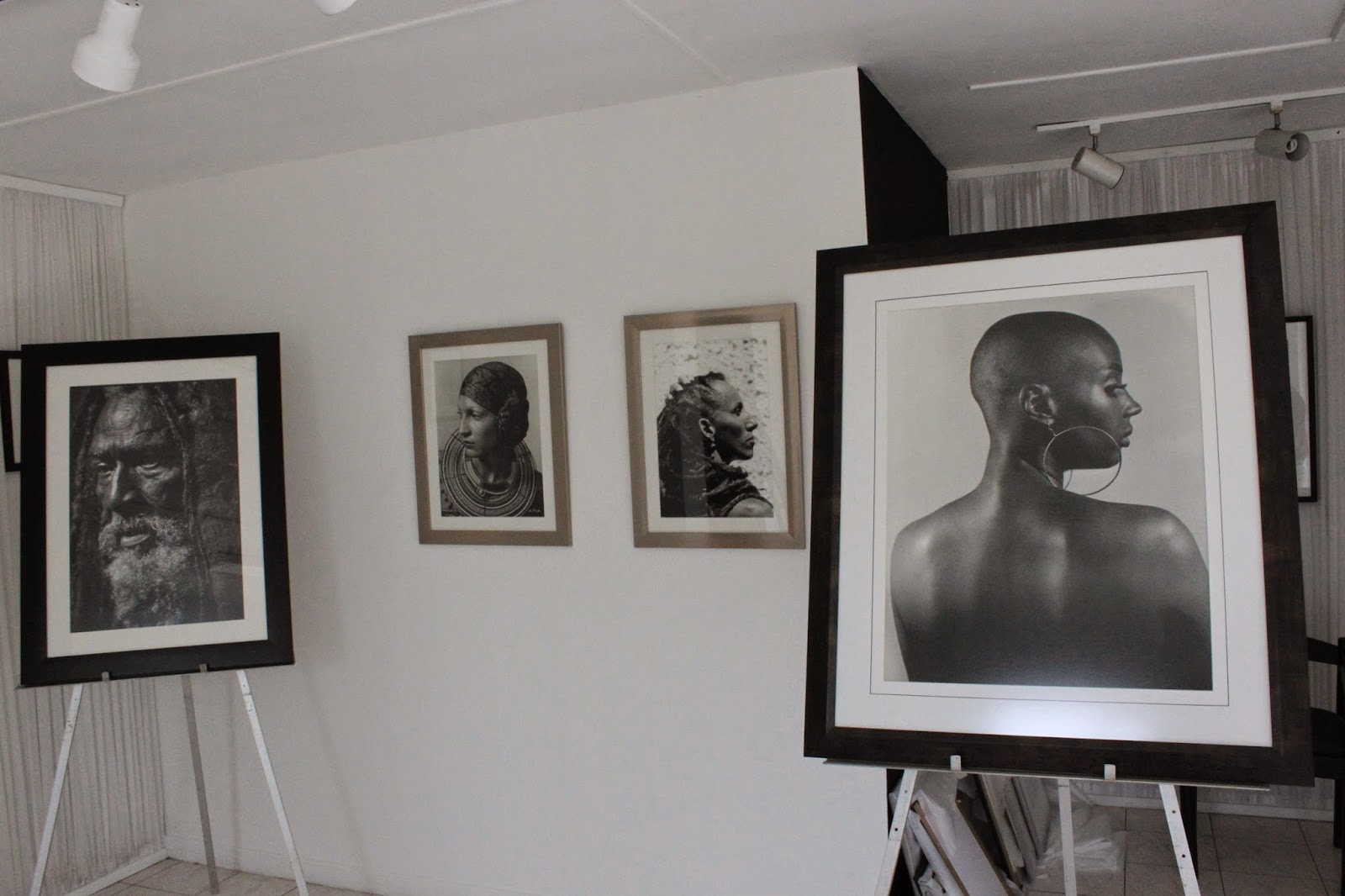Street side perspectives - 'Anything with Nothing' explores varied media, striking images
What do you get when you combine hollow construction blocks, plywood, car bonnets? A house and a car would be the answer in normal circumstances, but then, the final outcome of these materials is something out of the normal.
The term ‘conversation piece’ takes a new dimension, with a splash of colour and the often poignant life stories highlighted in Jamaican street art comes to life at Anything with Nothing.
“This exhibition is a dialogue,” said Charles Campbell, chief curator at the National Gallery of Jamaica, where the exhibition is being hosted. “The objective is to highlight and showcase the works of the street artists, looking not only at their work and talents, but the social and economic dynamics of the communities.”
Street art in Jamaica is not the usual graffiti; they tell stories, circumstances and the challenges facing the artists.
The challenge, in this case, was also bringing alfresco and self-determined expressions into a defined space. Works of 10 street artists from Kingston and Spanish Town were commissioned to be showcased in the exhibition.
featured artists
The featured artists are drawn from Matthews Lane, Denham Town, Hannah Town, Waterhouse and Spanish Town, and include Kemar Black, Anthony Brown, Danny Coxon, Ricardo Lawrence (Ricky Culture), Cleaver Cunningham, Vermon Grant (Howie), Michael Robinson, Andrew Thomas (D.I.) and the Rastafarian Community Development Movement.
“This exhibition highlights the street art through memorial murals, the valorisation of community and political heroes, and Rastafari-influenced works,” said Campbell.
Though commissioned pieces, Campbell said the free-spiritedness of the artists has been captured in the choice of media from plywood and hollow concrete blocks to recreate the essence of the communities and environment.
“We sought to recognise their works as an important artistic and social phenomenon that has a major impact on the visual culture of the island,” Campell said.
The works exhibited mostly highlight the effects and after-effects of conflicts in the inner cities.
“Wherein the slow and laborious painting by Danny Coxon captures the likeness of a youth crossfire of inner-city conflicts, Anthony Brown’s portrait of his brother ‘Midget’ is indicative of sympathetic portrayal of a loved one,” Campbell explained.
“Cleaver Cunningham’s use of car bonnets to paint memorials show us another form,” he continued.
Visitors’ eyes were transfixed on the painting of a motorcycle rider on a concrete block wall, the stark greyness filled with the kinetic motion of colours.
The common strategy, Campbell said, is to focus on public figures as well as established and up-and-coming musicians. “They form the face of the exhibition,” he said.
The exhibition showcases the talent that exists in the broad spectrum of the society.
“But,” the chief curator added, “there are inevitable omissions; we were not able to contact some artists due to limitations of time and resources.”
These limitations, according to Campbell, are not deterrents per se, but they add the element of continuity. This highlight of street artistic expressions is not a conclusion, but an ellipsis ... the conversations continue.







Comments
Post a Comment